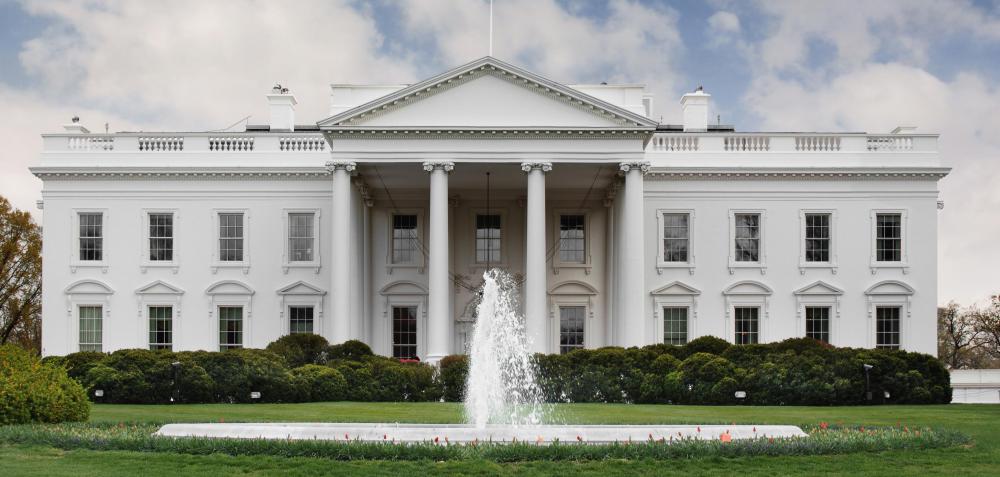At WiseGEEK, we're committed to delivering accurate, trustworthy information. Our expert-authored content is rigorously fact-checked and sourced from credible authorities. Discover how we uphold the highest standards in providing you with reliable knowledge.
What is the Nixon Doctrine?
The Nixon Doctrine was a new American foreign policy strategy set forth by U.S. President Richard Nixon in 1969. Also known as the Guam Doctrine for the country in which it was announced at a press conference, the Nixon Doctrine reflected President Nixon's concerns about the reliance of foreign allies on the United States in conflicts.
Released at the height of the Vietnam War, the strategy allowed Nixon to devise a way for the United States to exit that unpopular conflict. It also outlined that the United States would still come to the aid of its allies in time of need, while insisting that the bulk of the responsibility for fighting these conflicts would fall on the afflicted country itself.

Following World War II, the fact that the United States emerged from the conflict relatively unscathed in terms of economic and military strength caused many of its allies to turned to the powerful country when foreign conflicts arose. This led to American involvement in Korea and Vietnam, the latter of which grew increasingly costly in terms of resources and lives lost and became highly unpopular with many Americans. President Nixon bore the brunt of this criticism and realized that the changing times required a new foreign strategy.

At a press conference in Guam in July 25, 1969, Nixon first announced his new strategy, elaborating upon it in a speech to the American people later in the year. What eventually came to be known as the Nixon Doctrine proposed that the United States would still honor any existing treaty with a foreign nation. It also stated that the country would provide a nuclear shield for any threatened allied country or for any threatened area deemed important to American security. The most important and novel aspect of the doctrine was the last part, which stated that, while the United States would provide aid and assistance to an imperiled country, that country itself would ultimately have to provide the manpower for its defense.

Nixon later expanded what the Nixon Doctrine entailed to include his subsequent diplomatic efforts with Communist countries such as the Soviet Union and China. It provided an eventual way out of Vietnam for U.S. forces, which were at that point expected to train their South Vietnam allies to do most of the fighting on their own. Critics of the president would note that the war actually expanded afterward with the invasion of Cambodia and that it would be four years before the final U.S. troops left in 1973.

Many of the tenets of the Nixon Doctrine can be found in the efforts by the United States to train allies to do the bulk of the fighting in modern conflicts in Iraq and Afghanistan. The doctrine also led to the era of the "Freedom Fighters," foreign forces that were propped up with U.S. aid to fight against enemies within their own country whom the U.S. wanted out of power. Critics have also claimed that, by following the Doctrine and removing itself from the center of foreign conflicts, the United States indirectly aided the spread of nuclear-capable countries.
AS FEATURED ON:
AS FEATURED ON:















Discussion Comments
Icecream17 - It was a really sad time and it made Americans realize how horrible war can be.
Since the war was unpopular with the majority of the American people Nixon wanted to get out. However, I wonder what would have happened if the Reagan Doctrine had been applied?
Could it have been the end of the Cold War back then? I don’t think we will ever know because this is one war that everyone second guesses and unfortunately many American soldiers lost their lives in a war that America lost.
I think that the Nixon Doctrine by definition was a smart policy initiative during a very difficult time regarding American foreign policy.
By letting our allies know that we would come to their aid was comforting to them, but they also had to know that they would have to man power to fight their battles which allowed our troops to get a break so to speak.
Although the American troops finally exited the war a few years later, it was the only time in American history that America had actually lost a war.
Post your comments